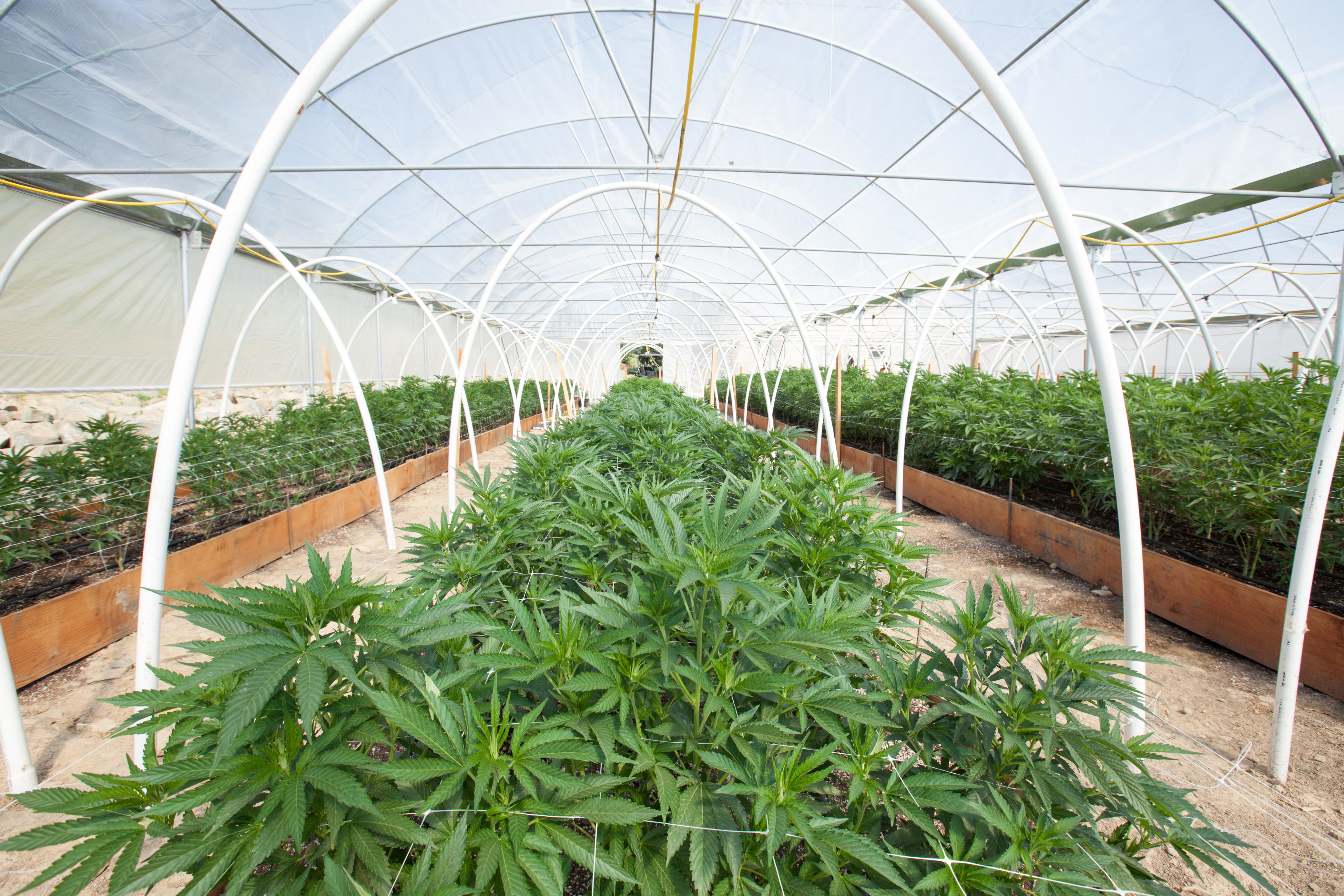A turning point for energy productivity
Let's Save Energy
Alliance to Save Energy's Blog
A turning point for energy productivity

We are at an historic turning point, in so many ways.
The Paris Agreement to reduce global greenhouse gas (GHG) emissions will enter into force on November 4, 2016 after having reached the threshold for enactment on Oct. 5. With 81 countries having ratified the agreement to date, global leaders are looking for tools to implement their clean energy commitments. It is becoming increasingly clear that there is a growing international consensus that energy efficiency is the first and most important step towards achieving international climate goals.
I saw this first-hand last week, when I had the distinct honor of speaking at the International Energy Agency (IEA) First Global Energy Efficiency Conference 2016 in Paris, France on Oct. 12. Convened to celebrate the excellent work of the IEA in producing the Energy Efficiency Market Report 2016, and to discuss strategies, policies and tools available to implement energy efficiency at an accelerated pace, the conference proved to be a fantastic opportunity for experts and leaders from around the world to share best practices and visions for the future.
For those who have not read the latest installment of the Energy Efficiency Market report, a few highlights:
- Energy productivity[1] improved worldwide by 1.8 percent in 2015 – better than the 1.5 percent improvement in 2014 and three times the 0.6 percent average annual improvement of the previous decade. In other words, we’re making real progress!
- But there is still more work to do. In order to meet international commitments in Paris, the world needs to improve by 2.6 percent every year, which will lead to a doubling of energy productivity every 27 years.
- The report points out that, especially in low-priced fossil fuel markets, public policy remains critical to ensure adoption of energy efficient technologies and practices. For example, vehicle standards create savings equal to 2.5 percent of global oil demand.
- Luckily, we are making real progress in energy efficiency policy. The IEA estimates that 30 percent of total energy is subject to mandatory efficiency policies, up from just 11 percent in 2000. By applying industry-leading standards worldwide, residential energy consumption would be 14 percent lower and we could double our energy savings in vehicles. On the other side of the coin, there is 70 percent that is not yet subject to energy efficiency policies – that underscores the work ahead.
- And finally, the IEA finds that by employing energy efficiency worldwide, we have avoided the need to install an additional 578 gigawatts of new generation, which would have required $1.2 trillion in investment.
The IEA report, as echoed in our discussions in Paris last week, emphasized key principles that what we already hold dear at the Alliance to Save Energy. In order to meet climate goals of the Paris Agreement, energy efficiency comes first. Energy policy and metrics that measure our progress are important catalysts to increase the pace of deploying energy efficiency, and it is going to take a collective effort of government, industry leaders, utilities and individuals to ensure that energy efficiency is deployed as effectively and quickly as possible.
Here in the US, we are at the precipice of change as well.
We’ve already doubled our energy productivity. Over the past 4 decades, thanks in part to energy efficiency policies adopted with bipartisan support, including appliance and vehicle fuel standards, building energy codes and technological research and development. Doing so again would help us to create jobs, improve energy security, boost GDP growth and reduce GHG emissions in support of the U.S. Nationally Determined Contribution, in which the United States has pledged to make a best effort to reduce emissions by 28 percent below 2005 levels by 2025. With policies like the Clean Power Plan, energy efficiency is sure to be a cornerstone of the U.S. strategies, policies and tools to meet our goal.
We are on the brink of something really good here, but to ensure success, every country must take action to ensure that the right policies and programs are in place. In the United States, this means ensuring that strong efficiency measures, such as those outlined in the Portman-Shaheen energy legislation, are implemented as quickly as possible. Private sector leaders can contribute by ensuring that their own operations are as energy-productive as possible, and should consider pledging to double their corporate energy productivity through the EP100 corporate commitment campaign.
Working together, we can seize the global momentum and make meaningful change that will benefit generations to come.
[1] Energy productivity is the quantification of the benefits of our energy use determined by dividing economic outcomes by units of energy consumed (for instance GDP divided by total primary energy consumption).
STAY EMPOWERED
Help the Alliance advocate for policies to use energy more efficiently – supporting job creation, reduced emissions, and lower costs. Contact your member of Congress.
Energy efficiency is smart, nonpartisan, and practical. So are we. Our strength comes from an unparalleled group of Alliance Associates working collaboratively under the Alliance umbrella to pave the way for energy efficiency gains.
The power of efficiency is in your hands. Supporting the Alliance means supporting a vision for using energy more productively to achieve economic growth, a cleaner environment, and greater energy security, affordability, and reliability.



